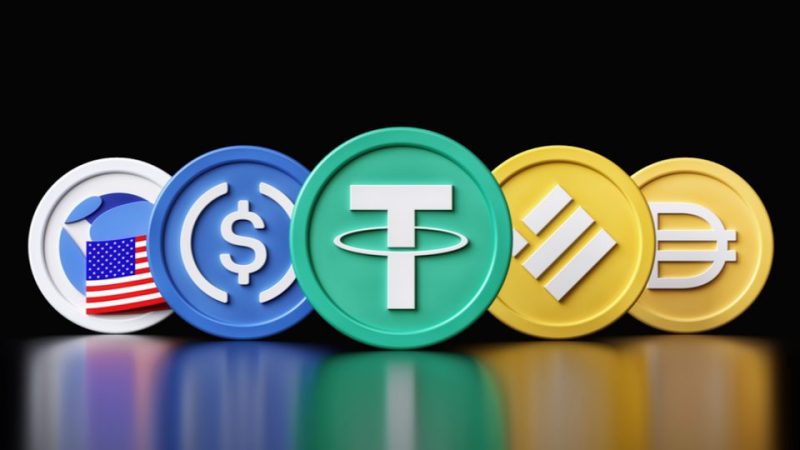The U.S. Senate has taken a significant step toward regulating stablecoins by advancing the GENIUS Act (Guiding and Establishing National Innovation for U.S. Stablecoins Act). On June 11, 2025, the Senate voted 68–30 to invoke cloture, ending the filibuster and setting up a final vote as early as mid-June.
What’s in the GENIUS Act?
This landmark bill proposes a comprehensive federal framework for payment stablecoin issuers. Key provisions include:
- Requiring stablecoins to be fully backed 1:1 by highly liquid assets such as U.S. dollars or short-term Treasury securities.
- Mandating public reserve disclosures, regular audits for large issuers, and compliance with anti-money laundering (AML) and Bank Secrecy Act rules.
- Offering regulatory flexibility by allowing banks, non-banks, and credit unions to issue stablecoins under federal or state supervision. However, only issuers with under $10 billion in assets can remain under state oversight.
- Adding consumer protections like priority in bankruptcy and extending sanctions compliance to all issuers.
Areas of Controversy
Despite its progress, the bill has sparked debate across party lines:
- Critics, including Sen. Elizabeth Warren, argue the bill doesn’t adequately address illicit finance risks or require monitoring for suspicious activity.
- There are ongoing transparency concerns, especially regarding Trump-affiliated crypto ventures such as World Liberty Financial’s USD1 stablecoin.
- While certain amendments prevent executive branch officials from issuing stablecoins, the president and vice president are exempt—an omission that continues to raise ethical concerns.
Senate Majority Leader John Thune and key sponsors like Sen. Tim Scott aim to schedule the final vote by June 16 or 17. If it passes, the bill will move to the House, where a similar proposal—the STABLE Act—is under review. Lawmakers will need to reconcile both versions before the legislation can become law.
If enacted, the GENIUS Act would mark the first federal law regulating stablecoins. It could accelerate digital payment innovation and strengthen the U.S. dollar’s role in global finance. Still, unresolved issues—like oversight of non-financial issuers, executive transparency, and measures to address money laundering risks—remain hurdles to full consensus.
